What is it?
How is it calculated?
The indicator has a three step calculation:
1. Money Flow Multiplier = [(close - low) - (high - close)] /(high - low)
2. Money Flow Volume = Money Flow Multiplier x volume for the period
3. Accumulation/Distribution= previous Accumulation/Distribution + current period's Money Flow Volume
How to use it?
This indicator is mainly used to confirm trends or spot potencial trend weakness & reversal when there is a divergence with the price trend.Unlike the OBV, the Accum/Dist Line takes into account each individual period, giving it a different value based on if it cloed near its highs or near its lows. This means that a slightly red hammer day, won't affect the line the same way as a long red candle would, thus allowing to track the volume more accuratetly than the OBV.


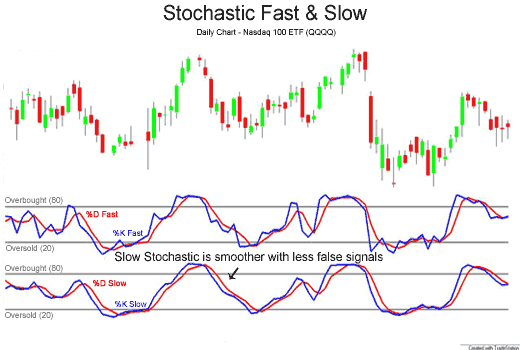




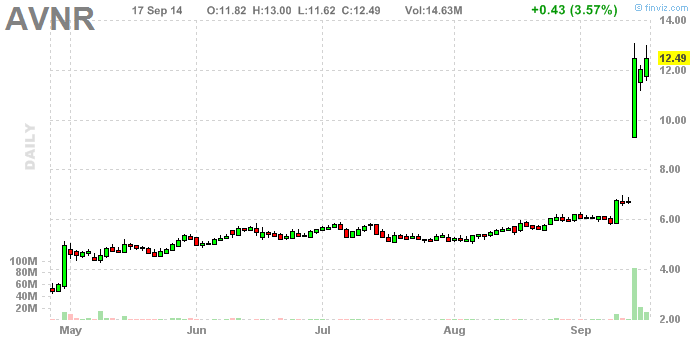
 MOBI made a big move above 10.00 today at EOD, so I expect this to be in play tomorrow. Pretty much no resistance until the mid 12s. Let's see if it can hold the double digits and move from there.
MOBI made a big move above 10.00 today at EOD, so I expect this to be in play tomorrow. Pretty much no resistance until the mid 12s. Let's see if it can hold the double digits and move from there. 
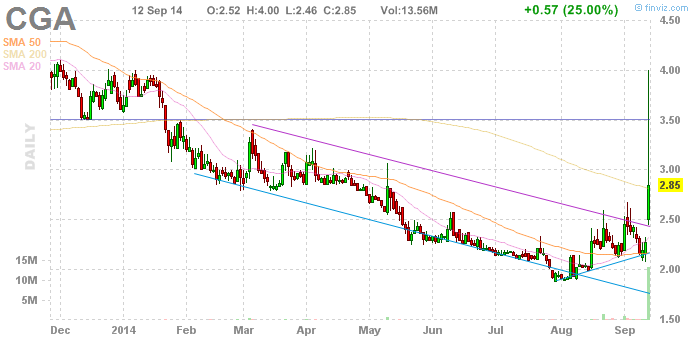

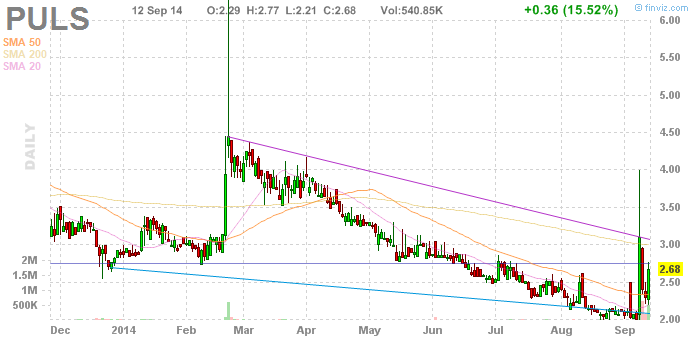






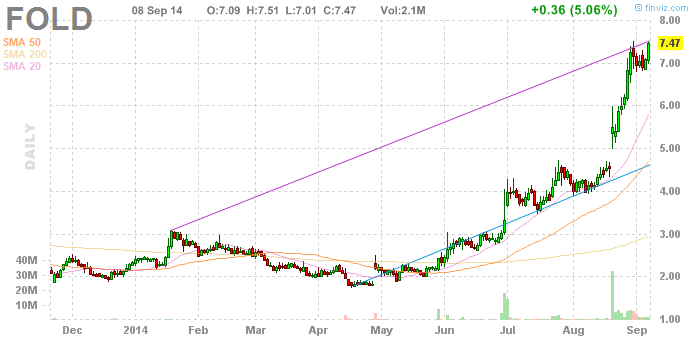




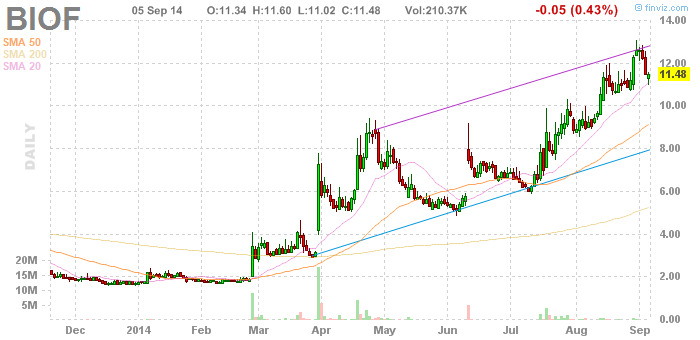






 SGOC made a huge move into the close and it's still climbing after hours, so a gap up is to be expected. I don't know if the move will continiue but its definitly something to watch for tomorrow.
SGOC made a huge move into the close and it's still climbing after hours, so a gap up is to be expected. I don't know if the move will continiue but its definitly something to watch for tomorrow. 





















